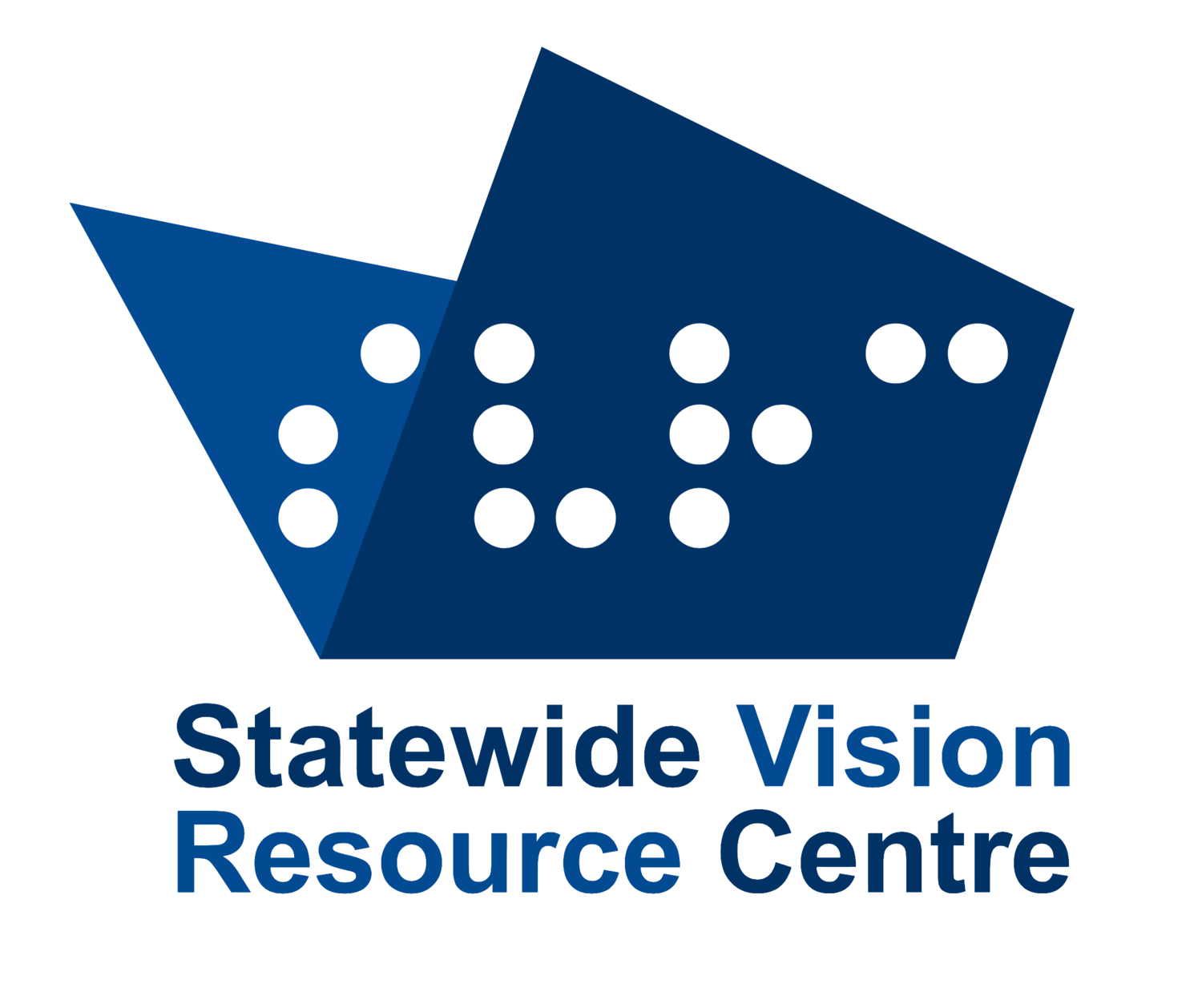About Braille
Unified English Braille - UEB
What is braille?
Braille is a system of raised dots which can read by touch. It is possible to represent anything that appears in print using braille; this can then be read tactually by blind people.
Unified English Braille (UEB) is the braille code developed by the International Council on English Braille (ICEB) to provide a single code for literary and technical materials throughout the English-speaking world. UEB is used in Australia, Canada, New Zealand, the United Kingdom and the United States, along with 22 other nations in Asia, Africa and the Pacific.
Would you like to learn braille?
Victorian teachers, education support staff, visiting teachers and family members who support brailling students in schools are encouraged to learn braille. UEBOnline offers accessible, self-paced training in braille literacy and mathematics using the Unified English Braille code. The course is intended to introduce the braille code (UEB), including all abbreviations and contractions to adults. UEBOnline is a free course; there is a small cost if you’d like a certificate upon completion.
Staff at SVRC are happy to support school personnel and family members to begin and progress through the course. We find that participants enjoy greatest success if they practice regularly.
We look forward to having you join the small but growing community of Victorians who can read and write in braille!
Braille guidelines and resources
The Rules of Unified English Braille (2013) – International Council on English Braille in conjunction with Round Table
Guidelines for Technical Material (2014) – International Council on English Braille
UEB Australian Training Manual (2016) – Round Table
ABA Rules and Guidelines for Formatting Braille (2016) – Round Table
Introduction to Braille (one-page summary) – SVRC Resource
UEB Summary Sheet (one-page summary) – SVRC Resource
UEB Punctuation and Symbols (one-page summary) – SVRC Resource
Foreign languages
World Braille Usage (2013) – compilation of braille codes for foreign languages
Guidelines for Foreign Language Materials (2019) – including Chinese, French, German, Italian, Japanese, Latin and Spanish
Maths
UEB Maths: Basic Signs and Layout (summary) – SVRC Resource
Guidelines for Technical Material (2014) – International Council on English Braille
Music
Braille music basics (one-page summary) – SVRC Resource
Braille Music (list of resources) – International Council on English Braille
Teaching braille to touch readers
Ozzie Dots – developed by staff of the Statewide Vision Resource Centre in conjunction with Dr Gillian Gale AM, this is a fun and light-hearted resource to introduce contracted braille and tactual graphicacy to beginning braille readers.
dAp Dots and I Do Like It – a collection of braille books and braille resources developed by Tricia d’Apice that support learning and understanding the basics of UEB braille - contact dapdots@gmail.com.
Mangold braille programs – sequential program to develop tactual skills and letter and word recognition.
Other resources
Physical specifications for braille – as determined by the Australian Braille Authority
For further information and documentation, see the following organisations:
